Cleanup Under Way on Major Midwest Oil Spill
A Canadian company caused several previous spills and was cited for violations for a leaking pipe.
The U.S. Environmental Protection Agency is overseeing a massive cleanup of a pipeline leak that may have dumped more than one million gallons of oil into Michigan’s Kalamazoo River, which flows into Lake Michigan.
EPA top administrator, Lisa Jackson, flew over the spill site with Michigan Governor Jennifer Granholm Friday.
After surveying the spill, Granholm said she was confident the oil would not reach Lake Michigan, the Detroit Free Press reported. Earlier in the week, Granholm had asked for increased federal assistance to ensure containment, according to the Associated Press.
As the spill’s long-term effects are assessed, questions have been raised about the safety record of the companies whose pipe malfunctioned—Enbridge Energy Partners of Houston and its parent company, Enbridge Inc. of Calgary, Alberta.
Enbridge officials said they learned of the leak Monday morning, despite press accounts of 911 calls concerning an oily smell in the region the night before. The oil, which spilled into Talmadge Creek southwest of Marshall, Michigan, flowed into the Kalamazoo River and 35 miles west through the city of Battle Creek before being stopped at Morrow Lake just east of Kalamazoo. The lake is about 80 miles upstream from Lake Michigan.
About 30 to 50 homeowners near Marshall, Michigan were advised to evacuate their homes due to the spill. A drinking water advisory was ordered for some 100 homes within 200 feet of the river in Calhoun County, and bottled water is being made available to residents. Kellogg Co., which is based in Battle Creek, halted cereal production at its Battle Creek facility for four hours Tuesday because of the smell, the Battle Creek Enquirer reported.
While Enbridge estimated the amount of spilled oil at 19,500 barrels, or just more than 800,000 gallons, the EPA estimated the leak to be more than a million gallons. The 30-inch-diameter pipe is used to transport almost 8 million gallons of light, synthetic, heavy and medium crude oil a day from Griffith, Indiana to Sarnia, Ontario.
Cleanup coordinators from the EPA said on Thursday that they had stopped the westward spread of the oil spill short of Morrow Lake, according to the Detroit Free Press. Meanwhile Enbridge reported Friday that its workers had contained the oil at the spill site. The company reported having more than 400 employees, contractors and volunteers working on the spill by Thursday, with more scheduled to arrive the following day.
Patrick Daniel, Enbridge’s chief executive officer, said Thursday that the company “will spend whatever it takes” to clean up the spill.
Enbridge was using a variety of methods to capture the oil, including vacuum trucks, oil collection skimmers and containment and absorbent booms, according a website that the company set up to disseminate information on the cleanup effort. A temporary dike was built near the leak to keep any more oil from flowing into Talmadge Creek. The company reported that it had recovered 2,400 barrels of oil and isolated an additional 10,000 barrels of oil in a holding area while preparing to pump it into holding tanks.
The Free Press reported that oil was visible during a flyover 1,000 feet over the region, and a Michigan State Police captain told the newspaper that aerial photos showed an oily sheen on Morrow Lake.
Problems with the Pipeline
The Free Press also reported Thursday that federal regulators had warned Enbridge of inadequate monitoring of corrosion on the affected pipeline in January. Regulators had also issued several citations against the company in previous years. The Free Press reported Friday that earlier tests had found corrosion along the ruptured pipeline and that the company had discussed replacing sections of the pipe.
Since 2002, Enbridge and its affiliates have faced 30 enforcement actions by the U.S. Department of Transportation’s Pipelines and Hazardous Material Safety Administration (PHMSA), according to the Associated Press.
This is not the company’s first spill—the Canadian National Energy Board has documented eight Enbridge pipeline ruptures in Canada since 1994. The most recent one, an April 2007 rupture in Saskatchewan, released more than 250,000 gallons into the environment. The largest, a 1994 rupture, spilled more than a million gallons.
Drinking Water Supplies Safe for Now
Alan Steinman, director of the Annis Water Resources Institute at Grand Valley State University, told the Free Press that the slick is a problem on the surface, but probably does not pose a threat to drinking water supplies. Local drinking water is drawn from aquifers 70 to 100 feet below the surface, and clay in the ground would make it difficult for the oil to penetrate that far, he said. The ground would filter much of the oil before it got that far down, he added.
The City of Kalamazoo provides water to about 121,000 customers in the city and surrounding communities. It uses 98 wells to generate about 18.4 million gallons of water a day, according to the city’s water quality report.
The greater, long-term ecological risk may be in the wetlands along the tributaries of the river, Steinman said.
“That’s key habitat,” he said. “The bugs are living, the fish are spawning. It’s going to last a long time.”
The Political Response
In response to the spill, U.S. Representative Mark Schauer (D-Mich.) proposed a bill that would increase fines from $100,000 to $250,000 for companies that are slow to report pipeline disasters. Companies are already required to report leaks “immediately,” or at the “earliest practicable moment.” The new bill would require that a leak be reported within an hour of the company being notified, and levy fines of up to $2.5 million against repeat offenders of the requirement.
Schauer’s bill would also enact a searchable Internet database for all reports of hazardous liquid pipelines and gas.
Recent congressional hearings have raised concerns that federal standards for controlling corrosion in oil and gas pipelines are not strong enough.
Sources: Battle Creek Enquirer, Detroit Free Press, Enbridge, Inc.

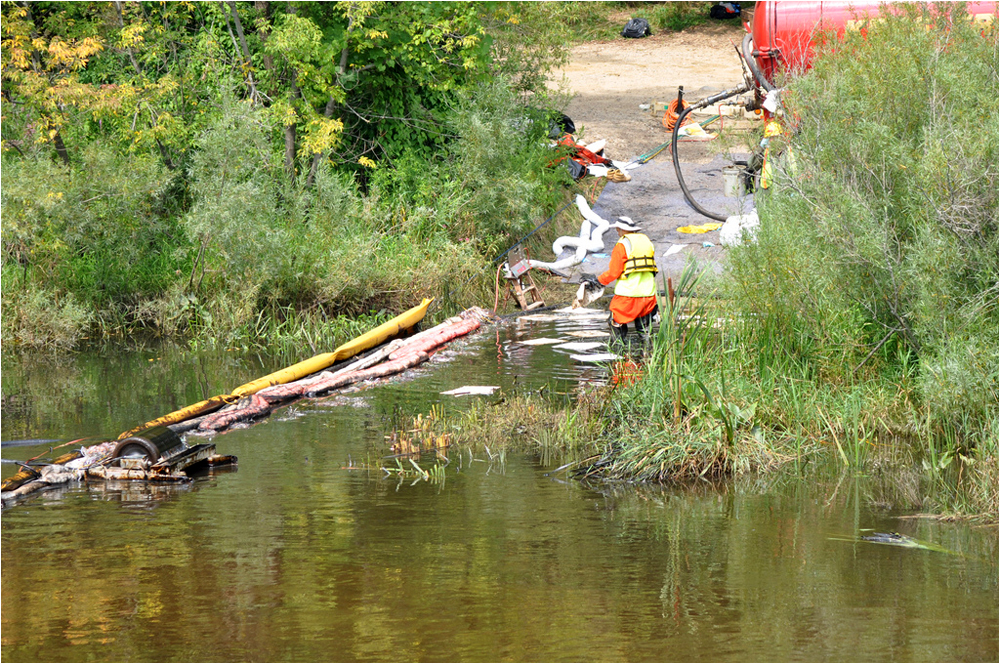
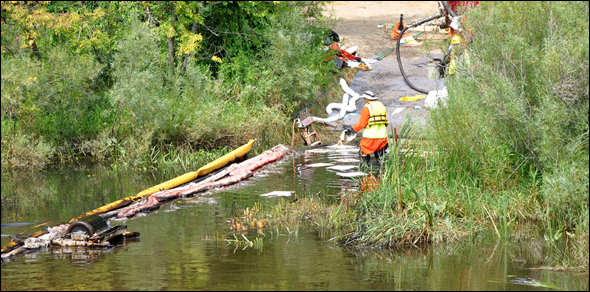
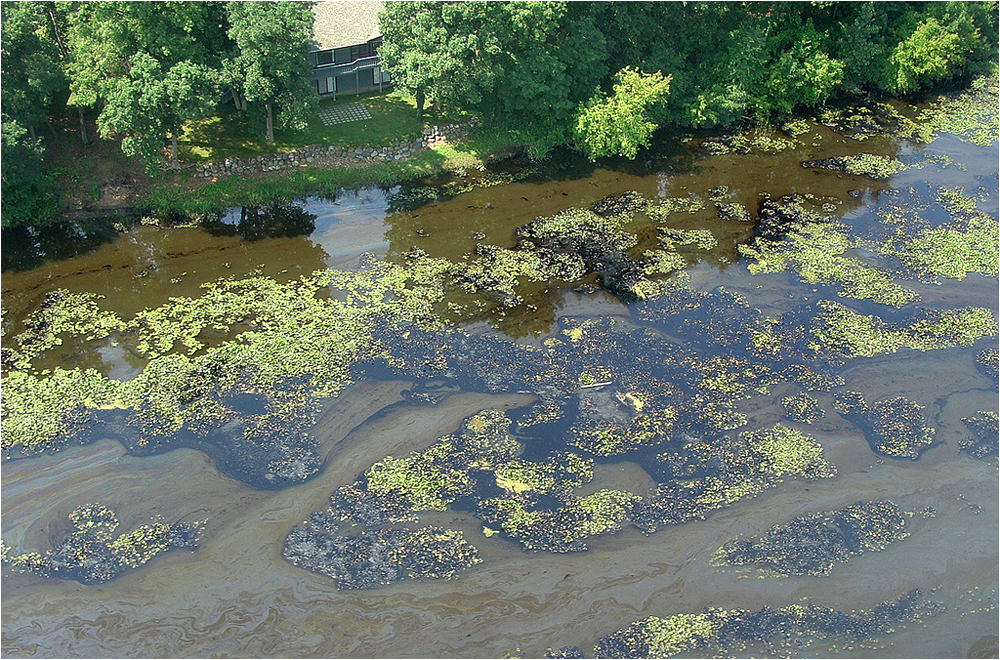
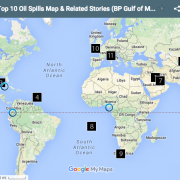
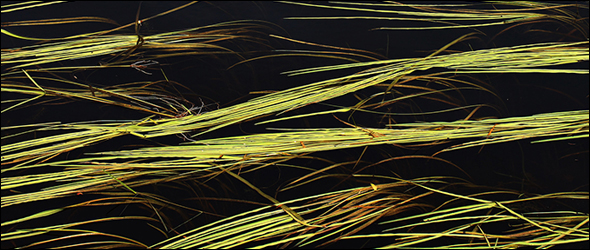




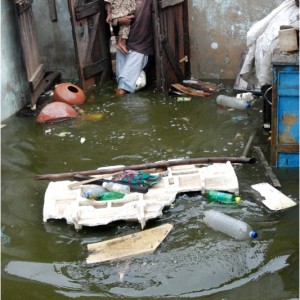
Another month goes by, another oil spill. Enbridge has reported that this might be their second or third worst oil spill in history. I just think it’s unbelievable that a spill of this magnitude can happen once, but three times… This just strengthens the argument that the country needs to take action to get off of dirty oil and move to more sustainable energy choices like solar.